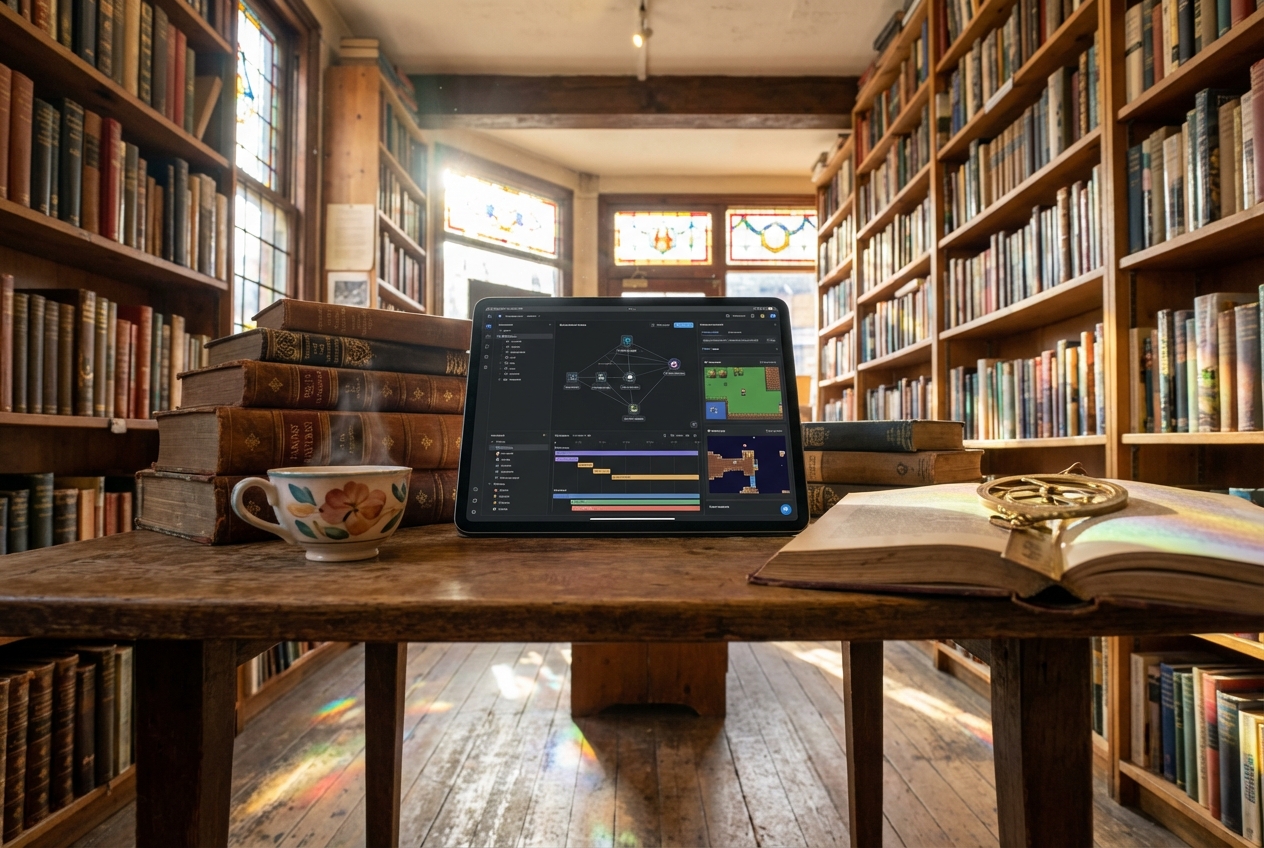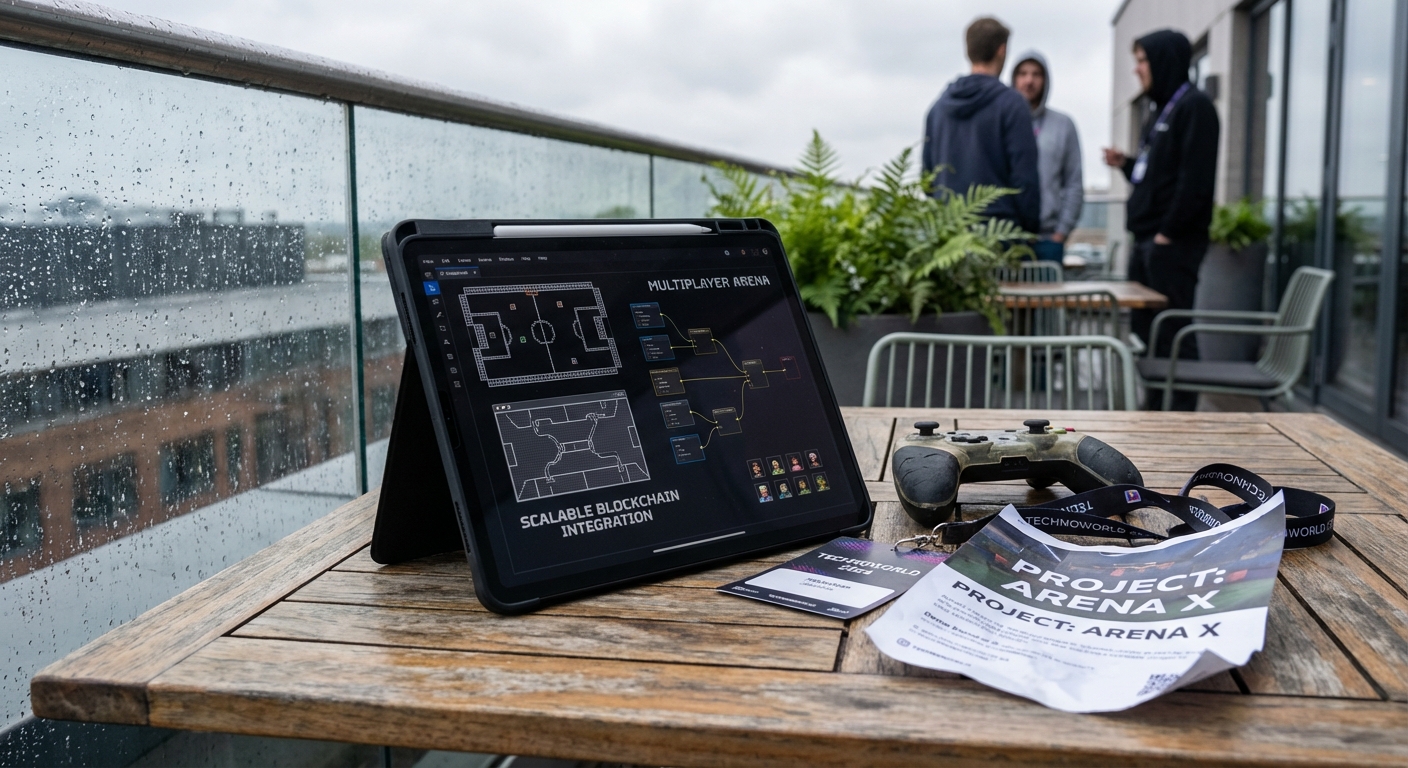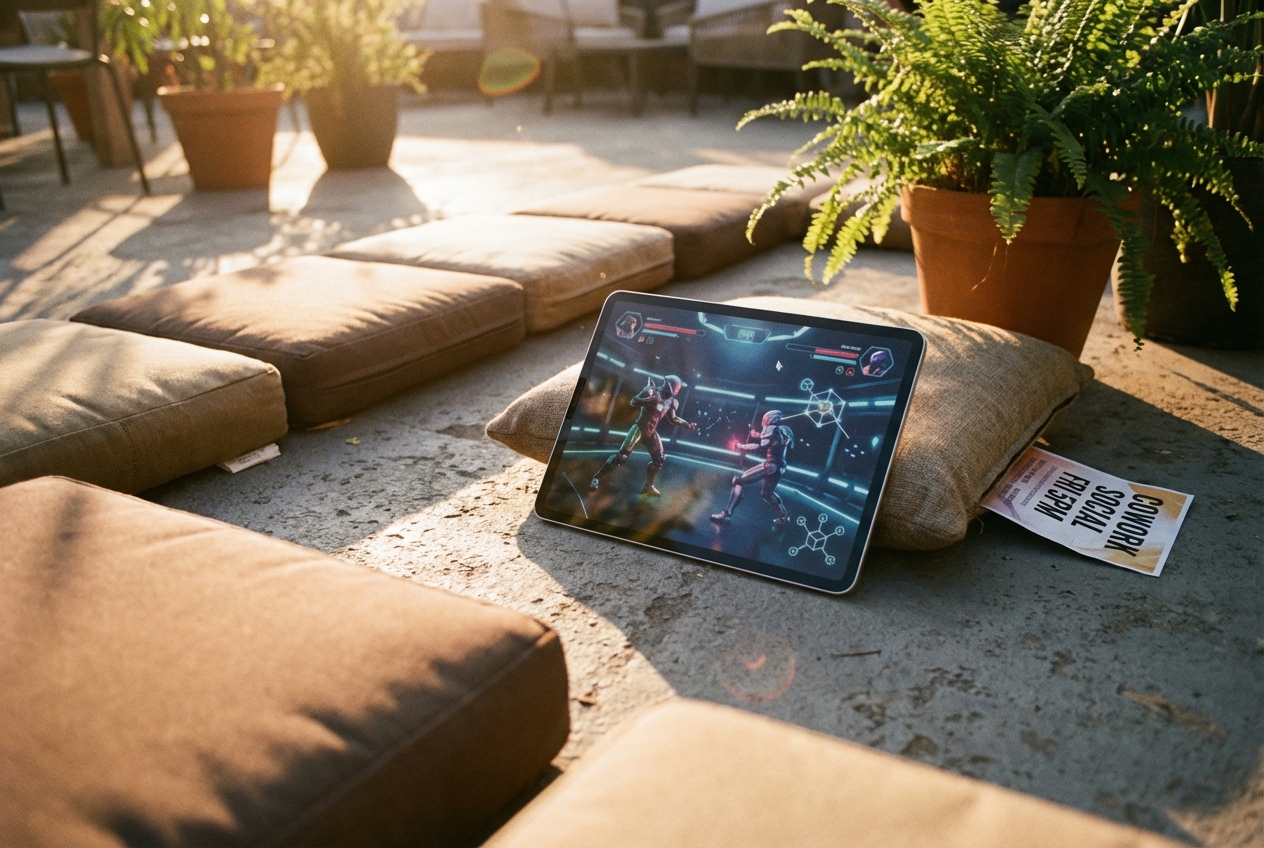GameFi on Solana: Exploring Play-to-Earn Farming Sims, PvP RPGs, and Multiplayer Strategy
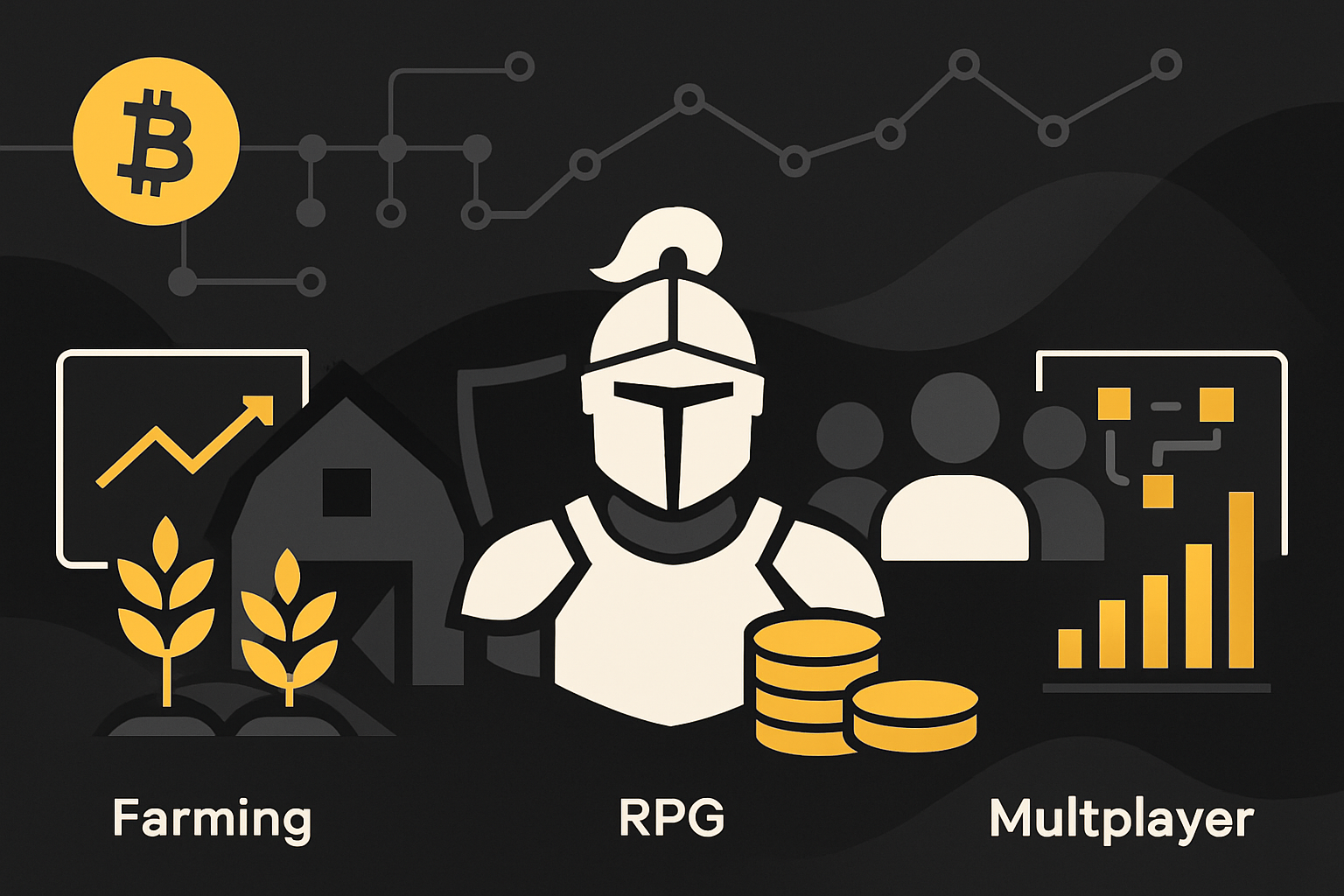
GameFi on Solana is more than a buzzword – it’s a rapidly evolving sector where play-to-earn meets low-latency blockchain infrastructure. While the broader GameFi market recently took a 17% haircut, slipping to a $17 billion market cap, Solana’s ecosystem continues to attract early adopters and developers with its lightning-fast transactions and minimal fees. The result? A new breed of on-chain games that actually deliver on the promise of digital asset ownership, real yield, and seamless gameplay. Let’s break down the three most dominant GameFi genres on Solana right now – and why they’re pulling in both gamers and crypto speculators alike.
Play-to-Earn Farming Simulators: Where DeFi Meets Digital Dirt
The farming sim genre has exploded on Solana thanks to projects like CropperFinance and DeFi Land. These games do more than just let you plant virtual carrots – they’re gamifying decentralized finance itself. In DeFi Land, every crop or animal represents a DeFi protocol or liquidity pool. Players stake tokens, harvest yields, and trade resources in a way that’s intuitive but deeply tied to real DeFi mechanics. The in-game DFL and GOLD tokens are not just points on a screen; they have utility for governance, upgrades, and marketplace trades.
CropperFinance, meanwhile, leans into yield farming with actual game loops around crop rotation, weather events, and NFT-based land ownership. Both titles let players earn by optimizing their farms, trading rare NFTs, or simply participating in seasonal events with token rewards. This is on-chain farming sim Solana style: fast, transparent, and always with skin in the game.
![]()
PvP MMORPGs: Competitive Play with Real Ownership
If you’ve ever wanted to grind for loot that actually belongs to you – not just your account – Solana’s on-chain PvP MMORPGs are your new playground. Aurory is leading the charge here. It’s a cross-chain RPG where players collect, battle, and trade NFT creatures called Nefties. The twist? Every Nefty is an actual asset you can sell or use as collateral elsewhere in the Solana ecosystem. PvP tournaments and seasonal events offer AURY token rewards, while the game’s evolving world keeps players coming back for more.
Then there’s Star Atlas Arena Mode, which takes things interstellar. Here, players battle for control of sectors using NFT ships and gear, all tracked transparently on-chain. The result: high-stakes competition where every move can impact your wallet as much as your leaderboard rank. This is Solana MMORPG blockchain gaming at its sharpest – fast-paced, asset-driven, and ruthlessly competitive.
Multiplayer Strategy Games: Asset Ownership at Scale
Forget static leaderboards – Solana’s multiplayer strategy titles like Mini Royale: Nations and Portals are pushing the boundaries of player agency and asset ownership. Mini Royale: Nations is a free-to-play FPS battle royale where every skin, weapon, or character is an NFT you own outright. Fast-paced matches meet blockchain transparency: win games, earn loot, trade assets instantly with no middleman.
Portals, meanwhile, brings strategy to the metaverse by letting players build social spaces, host events, and monetize digital real estate – all as tradable NFTs. This is the future of multiplayer gaming: own your progress, trade your rewards, and strategize in worlds where every asset has value far beyond the leaderboard.
Top Solana GameFi Genres to Watch
-
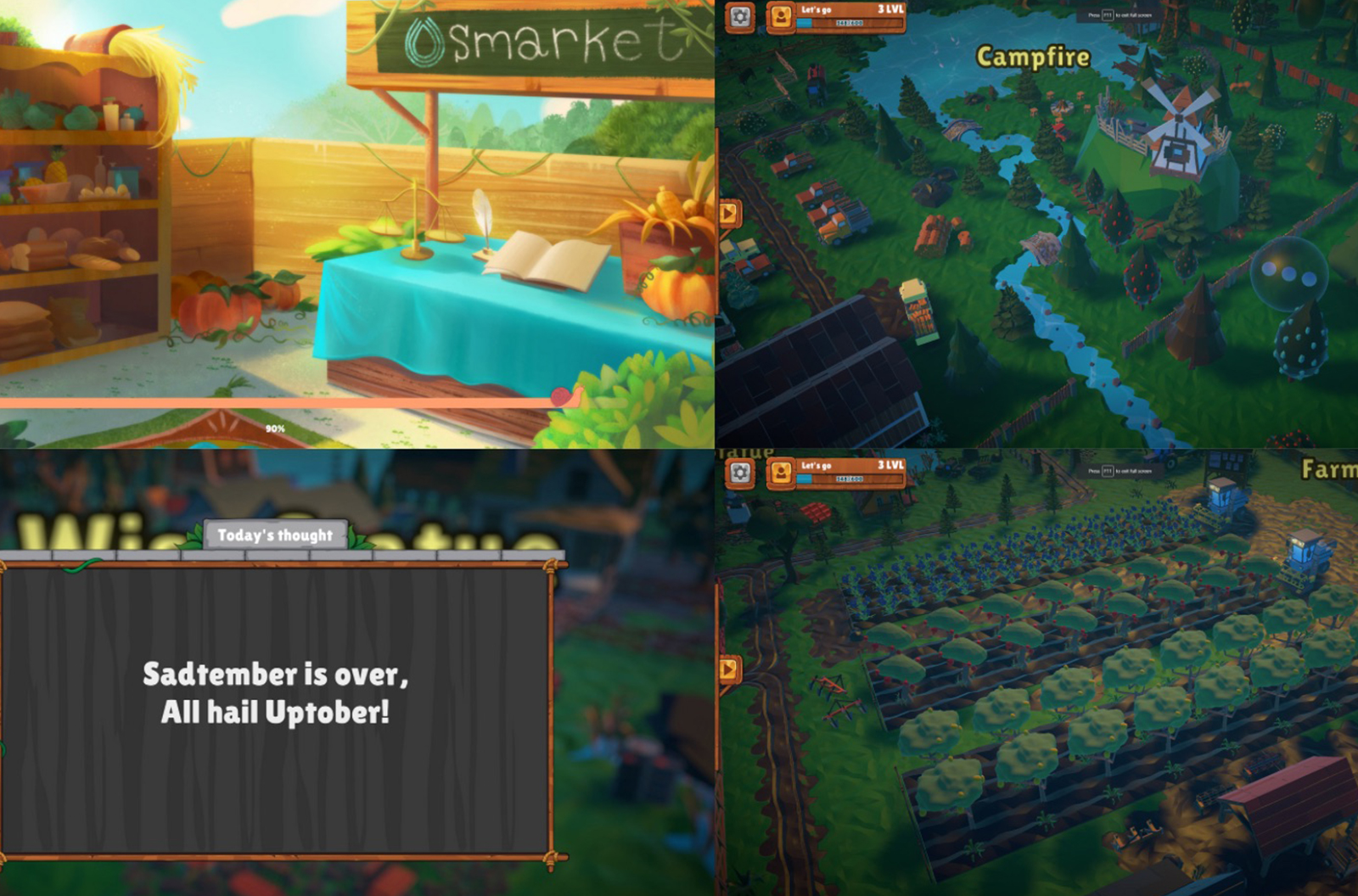
Play-to-Earn Farming Simulators — Games like DeFi Land and CropperFinance turn DeFi activities into accessible, rewarding farming gameplay. Players plant crops, raise animals, and manage digital farms while earning tokens and trading NFTs. These titles blend real DeFi mechanics with fun, interactive farming, making blockchain finance approachable and profitable.
-
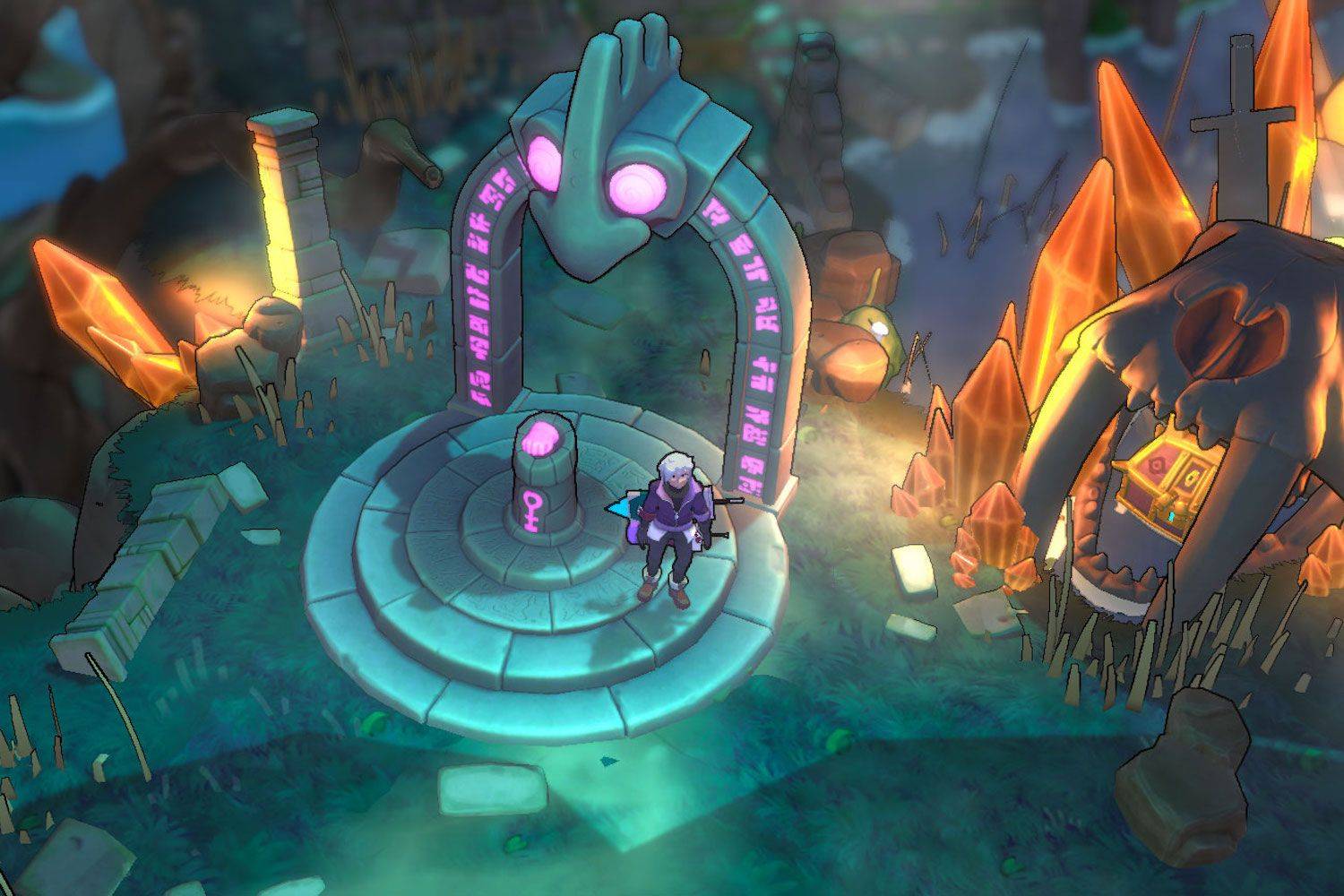
On-Chain PvP MMORPGs — Titles such as Aurory and Star Atlas Arena Mode deliver competitive, multiplayer RPG experiences with full blockchain integration. Players collect, battle, and trade NFT assets, participate in PvP combat, and earn native tokens, all while owning their in-game items on-chain for true digital ownership.
-
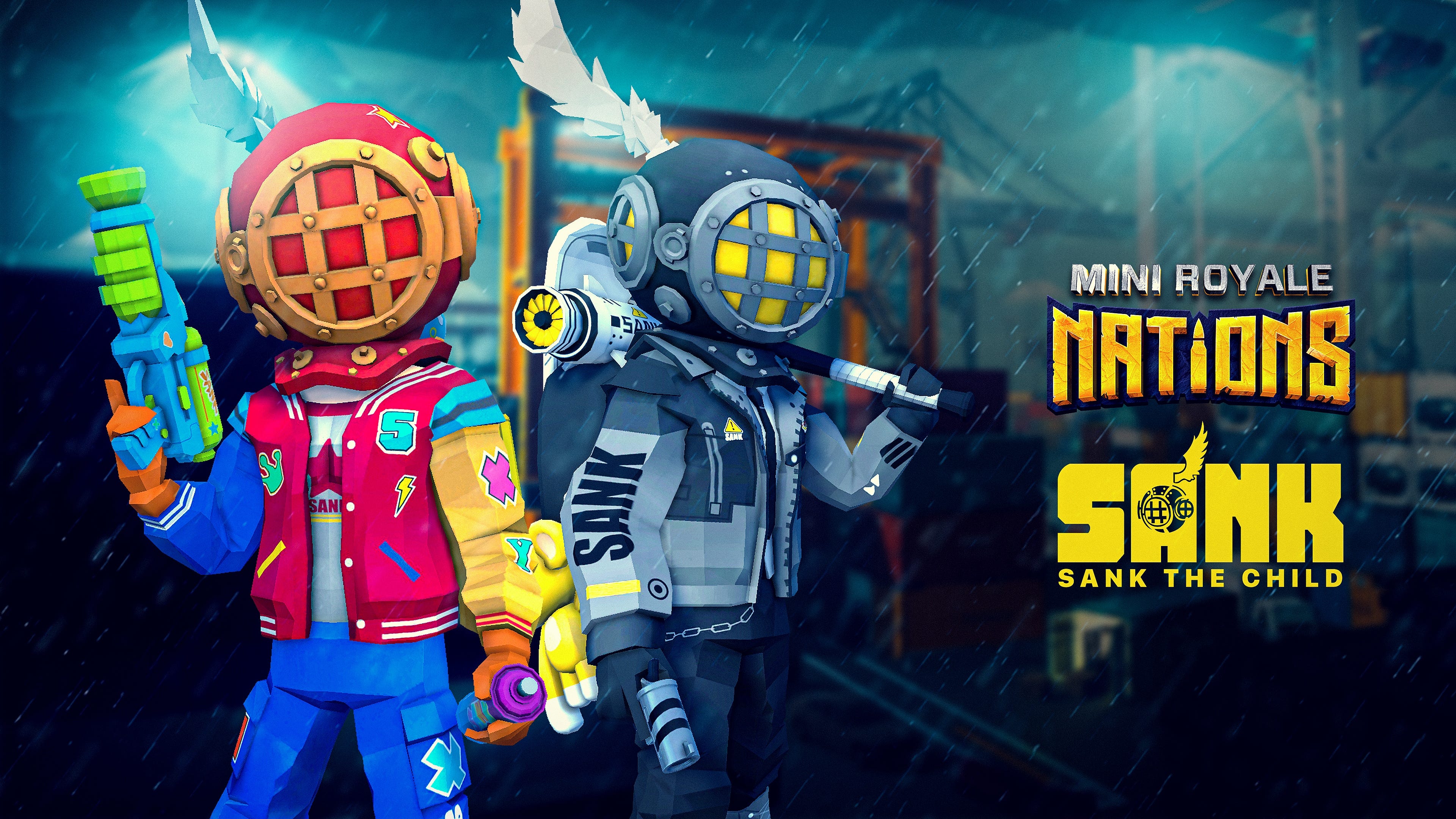
Multiplayer Strategy Games with Asset Ownership — Games like Mini Royale: Nations and Portals offer real-time strategy and social experiences. Players control assets, compete in fast-paced matches, and trade NFTs such as skins and land. Blockchain integration ensures secure, tradable ownership of digital items, adding real value to in-game achievements.
These three genres are defining what GameFi Solana looks like in 2025: immersive games with real earning potential, true digital ownership, and zero patience for slow or expensive blockchains. The next wave of adoption will be driven by these experiences – not just speculation but sustainable play-to-earn loops that keep both gamers and investors hooked.
But it’s not all smooth sailing. As the GameFi sector matures, competition is fierce and only projects with real utility, active communities, and solid tokenomics will survive the next cycle. The recent 17% market cap drop to $17 billion has forced teams to double down on quality and innovation, weeding out unsustainable play-to-earn models. On Solana, the games that stand out are those embracing full on-chain transparency and giving players not just rewards, but real control over their assets.
What Sets Solana GameFi Apart?
Speed and scale are Solana’s main weapons. Unlike older chains plagued by high fees and lag, Solana delivers sub-second finality and negligible costs, making it the perfect battleground for asset-heavy genres like MMORPGs and strategy games. This means Mini Royale: Nations can support thousands of concurrent users trading NFTs in real time, while Aurory can run PvP tournaments with instant settlement of AURY rewards. It’s a technical edge that directly impacts player experience, and by extension, retention and revenue.
Another game-changer: composability. Solana’s DeFi protocols plug directly into GameFi titles like CropperFinance, letting players use earned tokens across lending, staking, or even swapping for other assets without ever leaving the gaming ecosystem. This interoperability is what makes on-chain farming sim Solana projects so sticky, your yield isn’t locked in a silo; it’s liquid, tradable, and always working for you.
Challenges and Opportunities
The flip side? With opportunity comes risk. Token volatility remains high, just look at the sector-wide drawdown, and regulatory scrutiny is ramping up globally. For developers, sustainable economies are non-negotiable: inflationary reward structures are being replaced with more sophisticated sinks and long-term incentives. Players are getting smarter too, demanding real utility from NFTs rather than empty promises or vaporware collectibles.
If you’re jumping into Solana play-to-earn games now, focus on projects with transparent roadmaps, active Discords, and a proven track record of shipping updates. Look for games like DeFi Land, Mini Royale: Nations, or cross-genre innovators like Aurory that consistently deliver new features and community-driven events.
Which Solana GameFi genre do you play the most?
Solana’s GameFi scene is booming, offering everything from play-to-earn farming sims to competitive PvP RPGs and fast-paced multiplayer strategy games. Which genre keeps you coming back for more rewards and fun?
The bottom line: Solana’s GameFi scene is a proving ground for what fully on-chain gaming can achieve when speed, ownership, and open markets collide. Whether you’re optimizing a digital farm on CropperFinance, battling for loot in Star Atlas Arena Mode, or strategizing in Mini Royale: Nations, you’re not just playing, you’re participating in a new digital economy where every action matters. Watch this space: as Solana continues to innovate at breakneck speed, these genres will shape the next generation of blockchain gaming.





